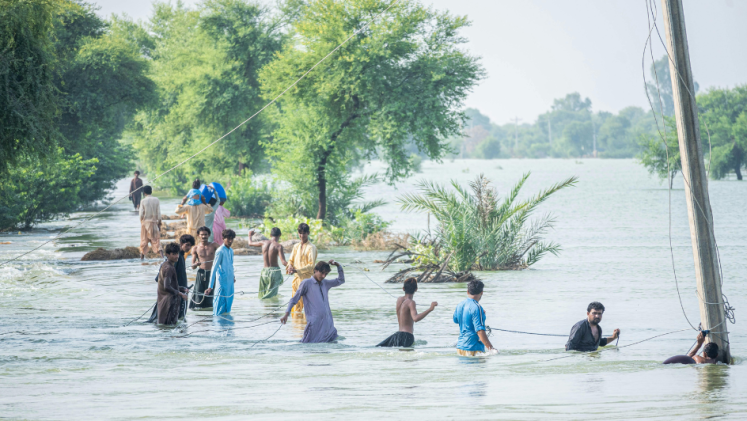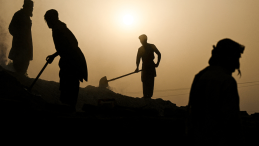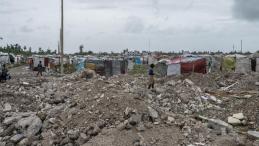Critical infrastructures are the backbone of societies on the move. However, we are increasingly dependent on functioning services even as climate risks and global shocks expose vulnerabilities to our systems. In recent years, devastating earthquakes, hurricanes and even a global pandemic have shown that without adequate protection of our infrastructures, the consequences of disasters exacerbate, worsening suffering for people and our environment. Recognizing the pivotal role infrastructures play in our day-to-day lives and taking steps to minimize risks to them has never been more important.
Here are five things you should know about critical infrastructure:
Critical infrastructures are facilities and services vital to the basic operations of society
Sectors that are considered “critical infrastructure” vary among different countries, but most would comprise: energy, water, food, transport, telecommunications, health care, as well as banking and finance. However, there is no universally agreed definition in place as each country defines it based on national priorities. Many countries have national strategies for protecting their critical infrastructure from natural and man-made risks, such as cyber threats.
Access to infrastructure is essential to global development
The access and availability of critical infrastructures, such as energy, is essential for development but varies significantly among countries. For example, 100 per cent of the population has access to safely managed drinking water services in Germany, while globally 2.2 billion people lacked safe drinking water in 2022. Such a figure shows significant challenges remain in developing parts of the world. However, major disruptions can also occur in countries with highly reliable infrastructure systems. The 2021 Texas power crisis is a stark reminder.
Infrastructure failure can kick-start a chain reaction of impacts
Critical infrastructure failures tend to have consequential knock-on effects. For instance, during the 2021 flood in Western Europe, communication systems for the affected Ahr Valley in Germany were interrupted and roads in the steep valley blocked, making hospital and care centre evacuations very challenging. When critical infrastructures fail it disproportionately affects socially vulnerable populations such as elderly, sick people or the poor.
People are crucial to keeping critical infrastructure running
Functioning infrastructure is more than just having technology and equipment, a study by UNU-EHS finds. It is also about the people operating the infrastructure, as well as their capacities and access to workplaces in case of a disaster. For instance, during the pandemic hospitals and other critical health-care facilities struggled with keeping their facilities functional. Staff were hindered in getting to their workplaces due to closed borders or family obligations as schools were closed. Infrastructure resilience should not only consider physical upgrades to facilities, but also those who work in them.
To prepare for the future, now is the time to invest in infrastructure
As crises occur in greater frequency with wider impacts, the best time to invest in critical infrastructures is now. With global development goals on the horizon, securing and improving access to critical infrastructure is necessary to achieve them. Designing infrastructure sustainably not only means it is built to last but that it is designed in a manner with long-term social and environmental considerations in mind. Modernizing critical infrastructure should be a part of larger transformative changes, which are innovative, accessible and carbon-neutral.




